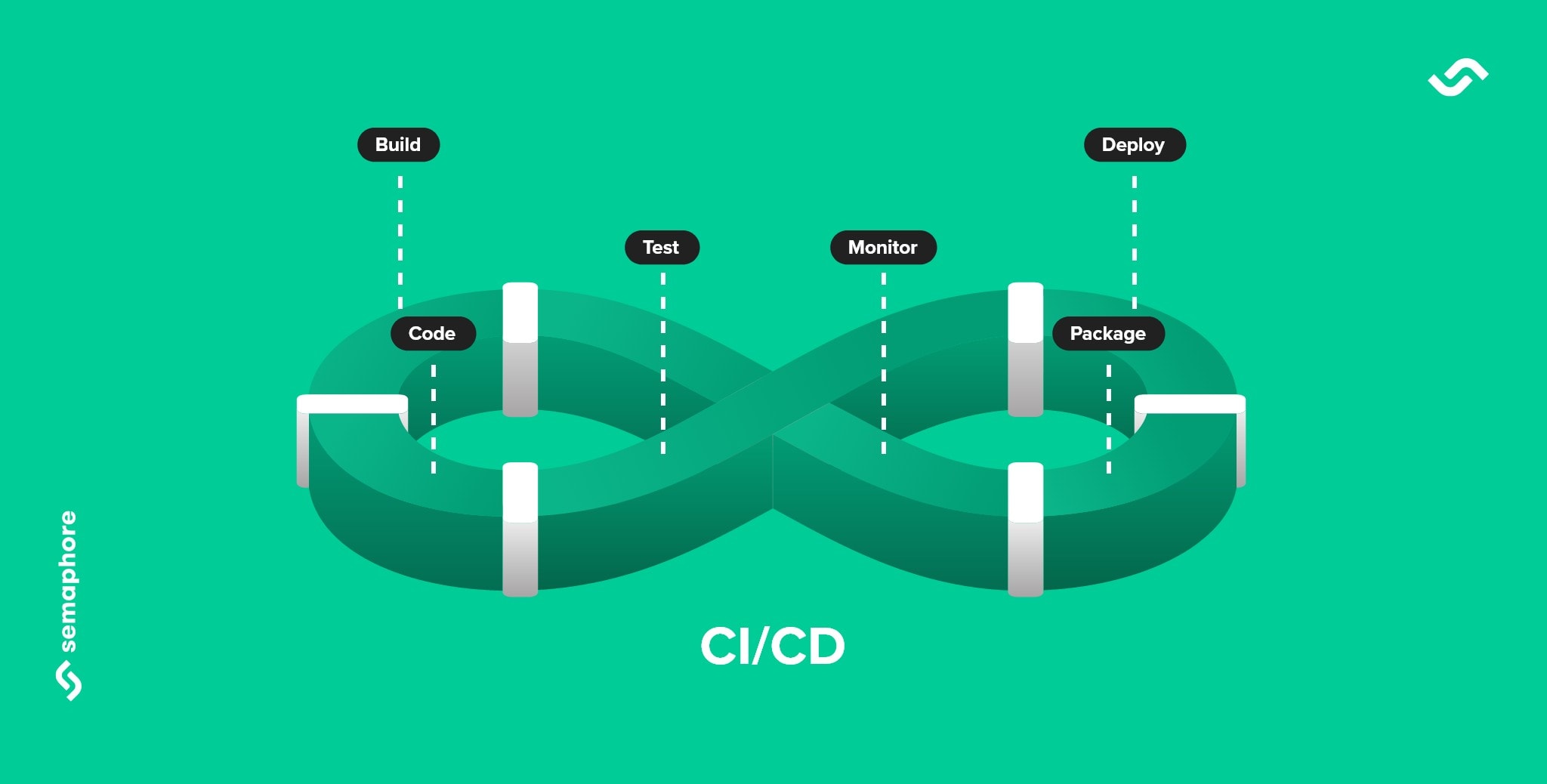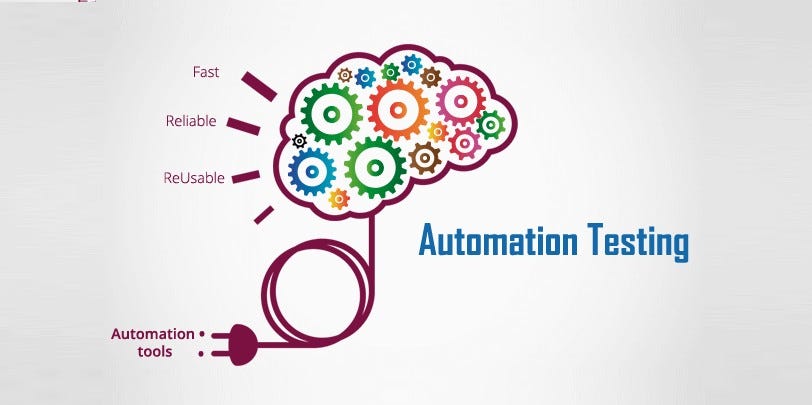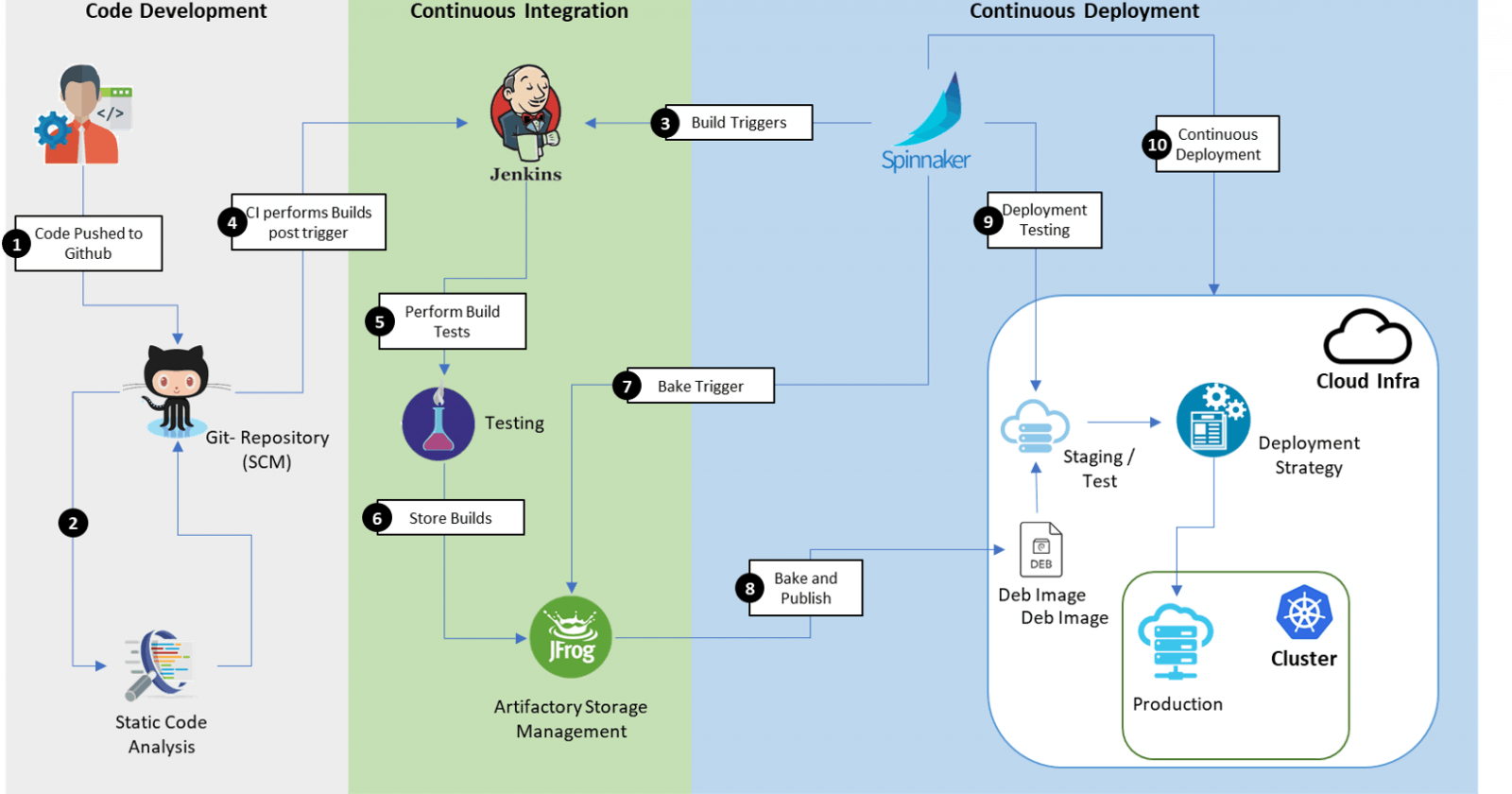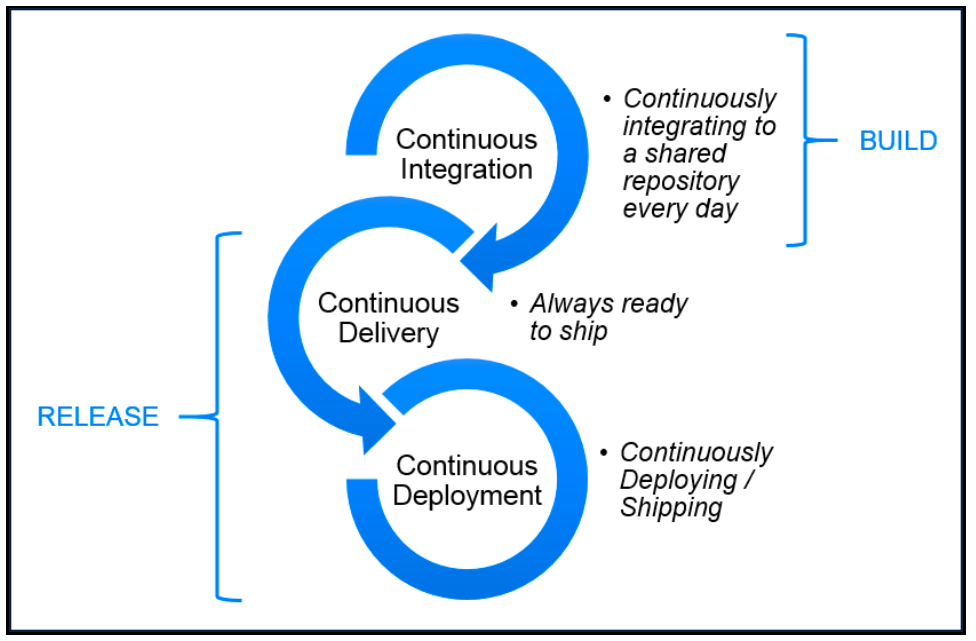The Secret Sauce for Software Success: Automated Testing and CI/CD
Unlock the power of these powerful practices to streamline your development process, improve quality, and reduce human error
Introduction

Automated testing and CI/CD (Continuous Integration and Continuous Deployment) are two essential practices that can greatly improve the quality and speed of software development. In this blog post, we will discuss the benefits of automated testing and CI/CD, and provide code examples to illustrate their implementation.
Automated Testing

Automated testing refers to the process of using software tools to automatically run tests on code changes. This can include unit tests, integration tests, and end-to-end tests. The benefits of automated testing include:
Increased efficiency: Automated tests can be run much faster than manual tests, allowing developers to quickly identify and fix bugs.
Improved quality: Automated tests can help ensure that code changes do not introduce new bugs or regressions.
Reduced human error: Automated tests are less prone to human error than manual testing.
A common framework for automated testing in Python is pytest. Here is an example of a simple unit test using pytest:
import pytest
def test_addition():
assert 1 + 1 == 2
Continuous Integration (CI)/Continuous Deployment (CD)
Continuous Integration (CI) refers to the practice of automatically building and testing code changes as soon as they are committed to the code repository. This allows developers to quickly identify and fix issues before they become more difficult and time-consuming to resolve. Continuous Deployment (CD) takes this one step further by automatically deploying code changes to production as soon as they pass the tests.
A popular tool for CI/CD is Jenkins. Here is an example Jenkins pipeline for a Python project:
pipeline {
agent any
stages {
stage('Build') {
steps {
sh 'python setup.py build'
}
}
stage('Test') {
steps {
sh 'python -m pytest'
}
}
stage('Deploy') {
steps {
sh 'python setup.py install'
}
}
}
}
In this pipeline, we have three stages: Build, Test and Deploy. First, the pipeline runs the build process using the command 'python setup.py build'. Next, it runs the test process using the command 'python -m pytest'. Finally, it runs the deploy process using the command 'python setup.py install'.
Automated testing and CI/CD can greatly improve the quality and speed of software development. By using tools such as pytest and Jenkins, developers can automate the testing and deployment process, allowing them to focus on writing better code.
The above examples are simple examples to give you an idea of how automated testing and CI/CD works. In a real-world scenario, you may have to make sure that you run your tests on multiple environments, on different Operating systems and different versions of dependencies.
Conclusion
In summary, Automated testing and CI/CD are important practices that can improve the quality and speed of software development. By using tools such as pytest and Jenkins, developers can automate the testing and deployment process, allowing them to focus on writing better code.

